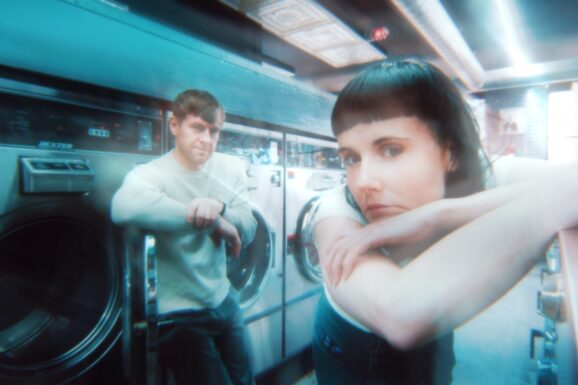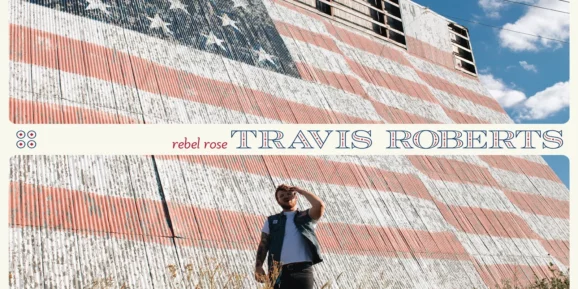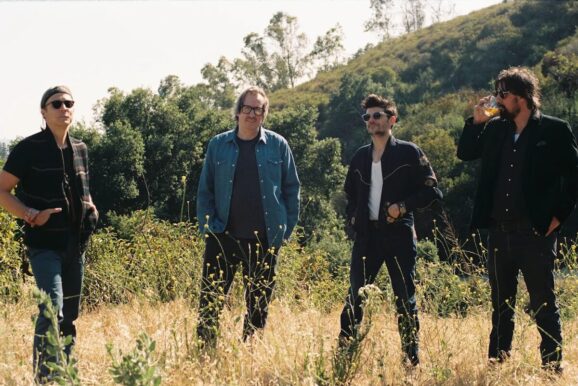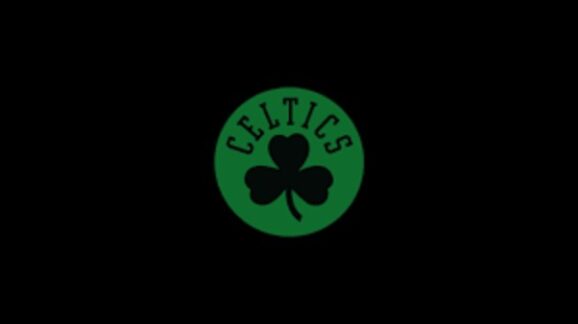The five-decade-plus guitarist, songwriter, producer, and bandleader Duke Robillard is back with They Called It Rhythm & Blues after a brief absence to recover from a hand injury. He’s going back in time too. Duke is a musicologist, a record collector beyond compares, and a curator who knows just about everything about electric and acoustic blues, jazz, jump, swing, ballads, and standards. The concept for this album is a solid one, and for the most part, the execution is equally as solid.
The core band through these generous eighteen cuts is Duke’s longstanding band that has added Chris Cote for vocals in the past couple of years. Longtime members Bruce Bears (piano, organ), Marty Ballou (acoustic and electric bass) Mark Teixeria (drums), and Doug James (baritone and tenor sax) round out the unit. The elite guests, top names in the idiom, are John Hammond, Kim Wilson, Sue Foley, Sugar Ray Norcia, Michelle Willson, Mike Flanigin, Mark Early, Doug Woolverton, and Matt McCabe. Ardent blues fans will recognize some of these names from Duke’s stint with The Fabulous Thunderbirds and as bandleader of The Roomful of Blues, both bands of which are still thriving in their newer incarnations.
As one gleans the writers of these tunes – Chuck Higgins, Mickey Baker, Roy Milton, Tampa Red, ‘Lil’ Son Jackson, Joe Liggins, and others, they clearly hearken to the era Peterson mentions in his quote. However, (and here lies the quibble) we also have Howlin’ Wolf and Freddy King. Wilson and Robillard contribute two each with Robillard’s pretty much in line with the vintage material and Wilson’s not so much. Maybe this was a means of accommodating and putting the guests in their best light but to this writer, it seems as if Robillard was trying to accomplish two goals rather than sticking to just the main thrust of vintage R&B and the jump blues that, more than anything else, has stamped his style. But that’s not a critique so much as a small quibble: the stellar music speaks volumes; there isn’t a weak cut among the eighteen.
Cote sings on six tracks; consider them the core band tracks along with the three Robillard originals that feature a guest or two. Cote kicks off with “Here I’m Is,” interprets Roy Milton’s “Fools Are Getting Scarcer” and Jimmy Nolan’s swinging “The Way You Do,” takes a standout turn on Liggins” “In the Wee Hours,” Freddy King’s “Someday After a While” (with a searing Duke solo), and delivers a pure Coasters-like “I Can’t Understand It.” Robillard sings on four tracks, getting assistance from Sue Foley (vocals and guitar) and Mike Flanigin (organ) on “No Good Lover” and again on the boisterous instrumental closer ”Swingin’ For Four Bills.” Anita Suhanin adds harmony vocals to the mid-tempo, funky “Outta Here.”
Longtime friend John Hammond, with whom Robillard has often toured, most notably behind Hammond’s Robillard-produced 1995 Found True Love, puts his stamp on Howlin’ Wolf’s “No Place to Go” and the ‘Lil’ Son Jackson’s “Homeless Blues.” Former Fabulous Thunderbirds bandmate Kim Wilson does two tunes he originally recorded with the T-Birds,” singing and blowing his harp on “Tell Me Why” (with Matt McCabe on piano) and vocals only on “The Things I Forgot to Do” (with another blistering Robillard solo).
Duke’s New England friends share the spotlight too. Michelle “Evil Gal” Willson belts out “Champagne Mind” and mines deep, earthy blues on “Trouble in Mind.” Rhode Island compadre Sugar Ray Norcia (leader of Sugar Ray & The BlueTones), like Robillard an astute student and practitioner of jump blues and a superb vocalist, sings and plays Big Walter’s harp part on Tampa Red’s “Rambler Blues.” Norcia also suggested Jimmy Nelson’s “She’s My Baby,” which rather incredulously Robillard was not familiar with, another vintage tune that had echoes of Norcia’s hero, Big Walter.
Pure vintage blues doesn’t get any better than this. The firepower of the guests notwithstanding, it’s the deft, understated command of these vintage riffs from Robillard’s band, the James-led horn arrangements, and Duke’s ever-present guitar, whether with fills or solos, which make it work so well. It’s the best Robillard album in years.







